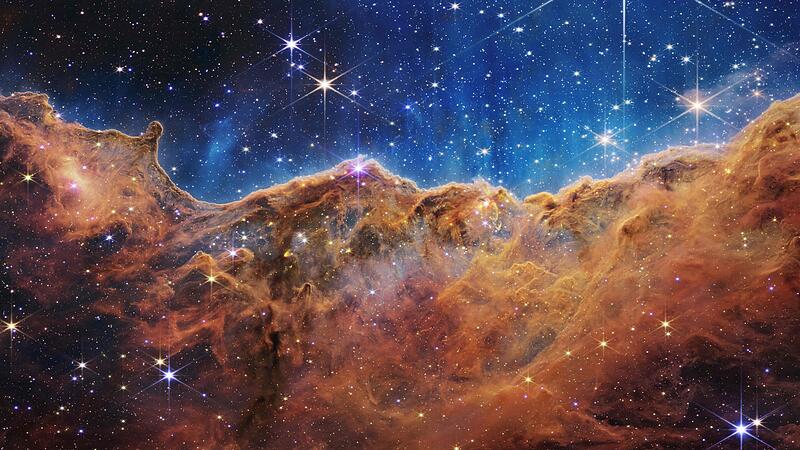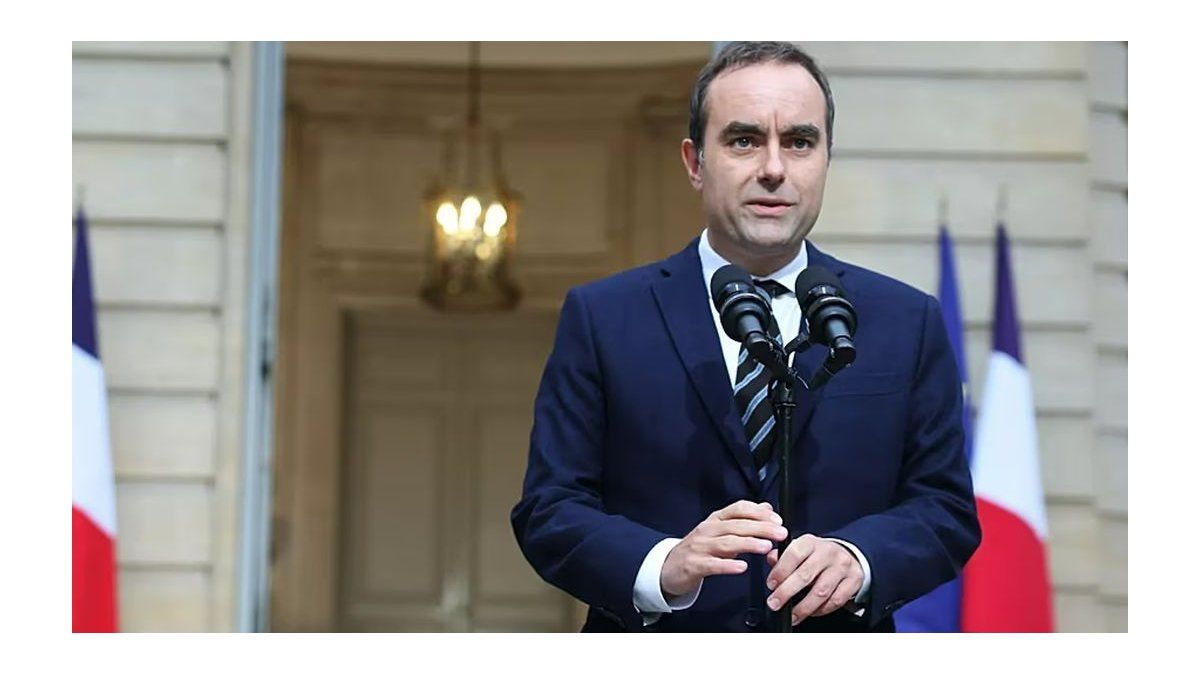“Each image is a new discovery, and each one gives mankind a glimpse of the Universe that we’ve never had before,” said NASA chief Bill Nelson at the images’ presentation ceremony on Tuesday.
The images provide different views and data. Among other things, the telescope found clear signs of water on the gas planet “Wasp-96 b”, located outside our solar system. There is evidence of clouds and fog in the atmosphere, NASA said. This observation is the most accurate of its kind to date and demonstrates the telescope’s unprecedented ability to study atmospheres hundreds of light-years away.
To click through: These pictures were presented on Tuesday

View picture gallery
The release of the images marks the official start of scientific work with the largest and most powerful telescope ever launched. The telescope is an “opportunity that comes only once in a lifetime” and will “change our understanding of the universe,” said Josef Aschbacher, head of the European Space Agency (ESA), which is also involved in the project. “Beyond science, it is also a symbol of international cooperation.”
“Exciting New Chapter”
The first image – “the deepest and sharpest infrared view of the universe recorded to date” – had already been presented by NASA on Tuesday night together with US President Joe Biden and his Vice President Kamala Harris. Extremely distant galaxies can be seen on it. Biden spoke of a “historic day”, Harris of an “exciting new chapter in the exploration of our universe”. Biden and Harris were “excited like kids” and asked “a million questions”.
30 years of development, ten billion dollars in costs
“James Webb” was launched on December 25 aboard an Ariane launch vehicle from the European space station in Kourou in French Guiana. Scientists hope that the images taken by the telescope will provide insights into the time after the Big Bang around 13.8 billion years ago. The “James Webb” was developed for around 30 years and cost around ten billion dollars (around 8.8 billion euros). It follows the Hubble telescope, which has been in use for more than 30 years.
This video is disabled
Please activate the categories Performance Cookies and Functional cookies in your cookie settings to view this item. My cookie settings
Source: Nachrichten



